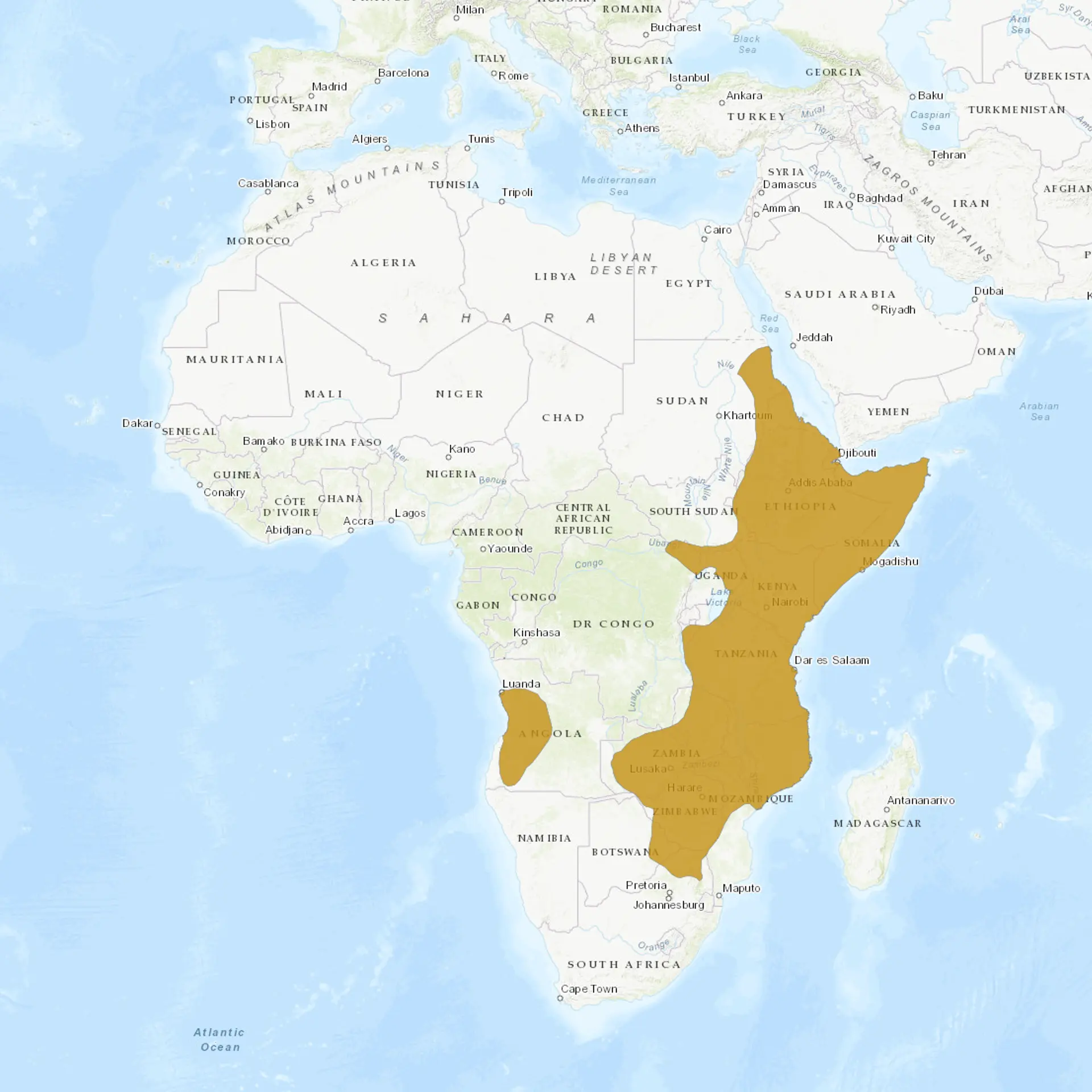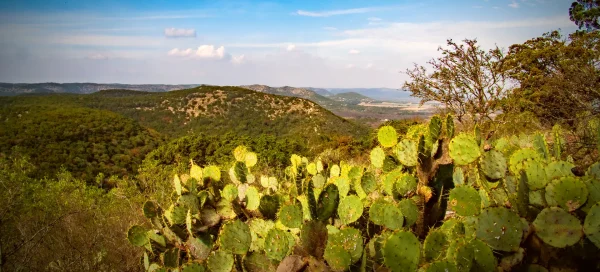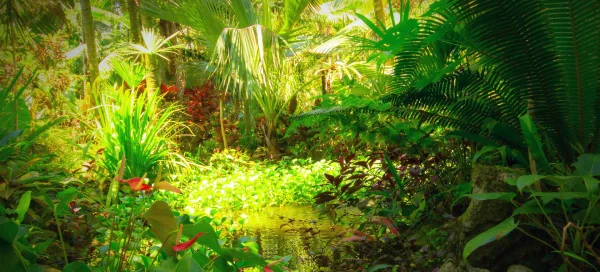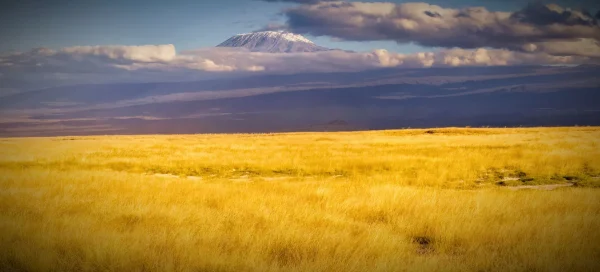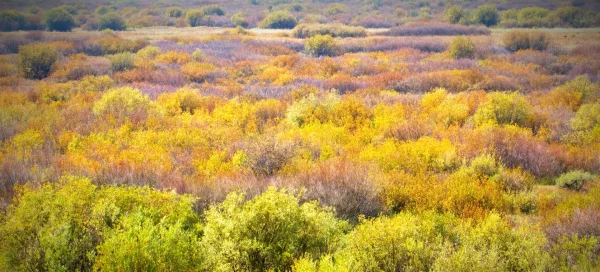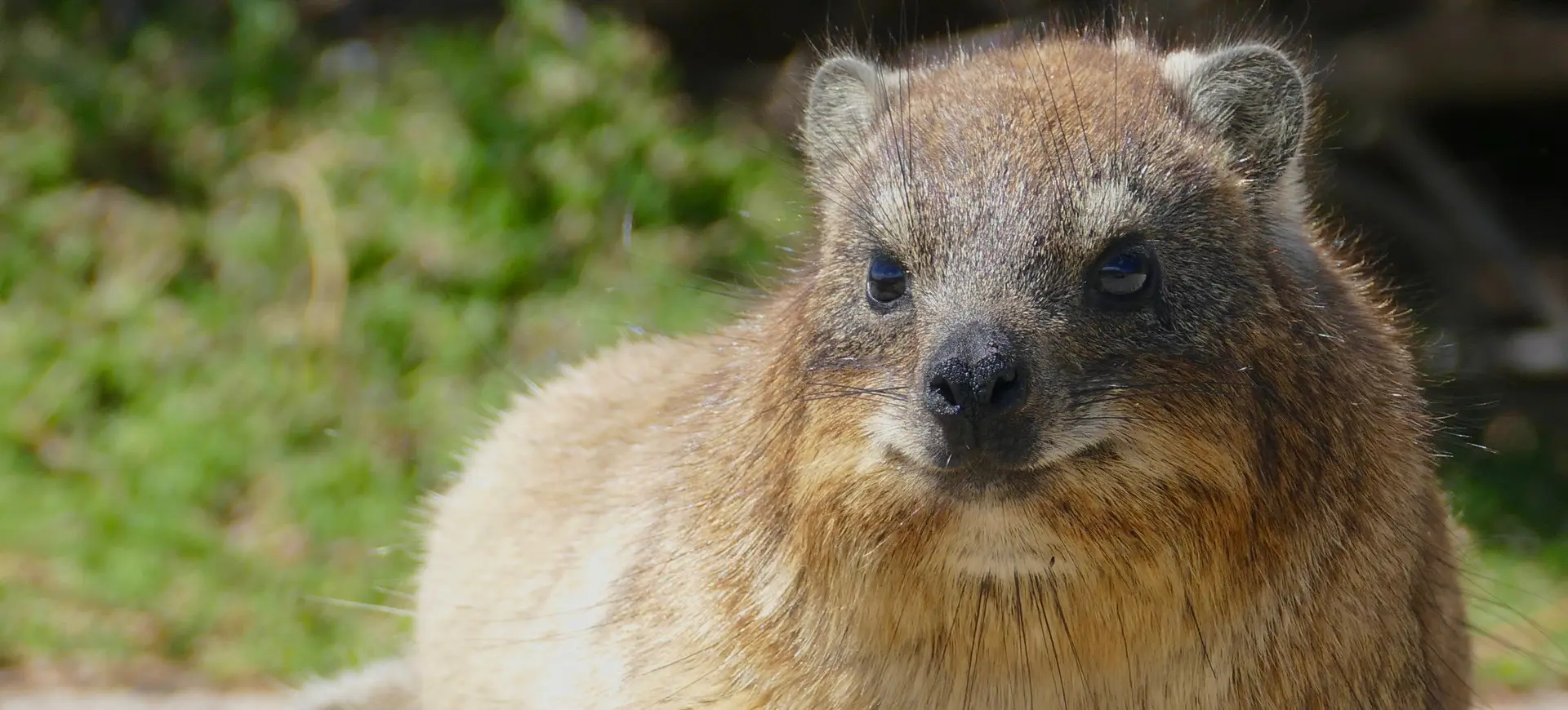Overview
The bush hyrax (Heterohyrax brucei) is a small herbivorous mammal native to Africa’s rocky and arid landscapes and parts of the Middle East. Despite its rodent-like appearance, it belongs to the Procaviidae family. It is closely related to elephants and manatees. Bush hyraxes are highly adapted to rugged terrains, using their specialized feet with rubbery pads to grip rocky surfaces. They are social animals, living in colonies that provide protection against predators and help in thermoregulation.
These animals are primarily diurnal, with peak activity in the early morning and late afternoon, though they may adjust their behavior based on temperature and predation risk. They are excellent climbers and often take refuge in rock crevices or caves, which shelter them from harsh weather and predators. Their diet consists mainly of leaves, flowers, fruits, and bark, with a specialized digestive system that allows them to extract nutrients efficiently. Due to their slow metabolism and ability to minimize water loss, they can survive in arid environments with limited water availability.
Bush hyraxes have a unique social structure, with dominant males overseeing harems of females and young. They communicate using a variety of vocalizations, including alarm calls, territorial calls, and social contact sounds. Their primary predators include large birds of prey, jackals, leopards, and pythons, which they evade by quickly retreating into rock crevices. While not considered threatened, habitat destruction and hunting for their meat and fur pose potential risks to certain populations.
Taxonomy
Kingdom
Phylum
Class
Order
Family
Genus
Species
Type
Current distribution:
Bush hyraxes are widely distributed across East, Central, and parts of Southern Africa and some regions of the Arabian Peninsula. They are particularly abundant in Ethiopia, Kenya, Tanzania, Uganda, Sudan, and Somalia, where rocky outcrops are common. Although their populations remain stable, localized declines occur where habitat destruction and hunting have increased. Some isolated populations exist in fragmented landscapes where rock formations provide natural refuges.
Despite human encroachment, bush hyraxes have shown resilience by adapting to modified environments. In some regions, they coexist near human settlements, occasionally taking refuge in rock piles, ruins, or abandoned structures. Their ability to thrive in harsh environments has helped maintain their numbers, but continued habitat degradation could pose a long-term threat. Conservation efforts focus on preserving rocky habitats and ensuring sustainable land use to maintain viable populations.
Physical Description:
The bush hyrax is a small, compact mammal with a rounded body covered in dense, coarse fur that varies in color from grayish-brown to reddish-brown. It has a lighter-colored underside and a distinctive dorsal gland on its back, which is surrounded by a patch of yellow or orange fur. The head is relatively short with a blunt snout, large dark eyes, and rounded ears that provide keen hearing for detecting predators. Its legs are short but sturdy, ending in specialized feet with rubbery soles that enhance grip on rocky surfaces.
Unlike rodents, the bush hyrax has incisors that grow continuously and resemble small tusks, a trait shared with its distant relatives, elephants. Its tail is either absent or extremely short, making it nearly invisible beneath its fur. The body is well-adapted for temperature regulation, with its fur providing insulation in cold conditions and the ability to bask in the sun to conserve energy. Juveniles resemble adults but are slightly paler in coloration and have softer fur.

Lifespan: Wild: ~7 Years || Captivity: ~12 Years

Weight: Male: 7-11 lbs (3.3-5 kg) || Female: 3.3-7 lbs (1.5-3.3 kg)

Length: Male: 15-22 in (38-55 cm) || Female: 12-18 in (30-45 cm)

Height: Male: 8-12 in (20-30 cm) || Female: 7-10 in (18-25 cm)

Top Speed: 18 mph (29 km/h)
Characteristic:
Native Habitat:
The bush hyrax primarily inhabits rocky outcrops, cliffs, and dry savanna regions across sub-Saharan Africa and parts of the Middle East. It thrives in arid and semi-arid environments where rock formations provide shelter from extreme temperatures and predators. These animals prefer habitats with crevices, caves, or boulder piles that offer protection and basking areas. Their ability to survive in these rugged landscapes is enhanced by their specialized feet, which allow them to navigate steep and uneven surfaces.
Although commonly found in dry regions, bush hyraxes also inhabit woodlands and forested areas with rocky terrain. They avoid open plains and heavily forested areas, as these do not provide the necessary shelter for protection. Their range includes Ethiopia, Kenya, Tanzania, Uganda, Sudan, and parts of the Arabian Peninsula. Human-modified landscapes with rock piles or ruins may also be suitable habitats for bush hyrax populations.
Biomes:
Biogeographical Realms:
Continents:
Diet:
Diet & Feeding Habits:
Bush hyraxes are herbivorous and have a highly selective diet of leaves, flowers, fruits, bark, and grasses. They prefer fresh, nutrient-rich vegetation but can consume tougher plant material when necessary. Their multi-chambered stomach contains symbiotic bacteria that help break down fibrous plant matter, allowing them to extract maximum nutrients from their diet. This efficient digestion enables them to survive in rocky, arid habitats where food availability can be scarce.
Bush hyraxes typically forage in small groups and rely on their keen sense of smell and vision to locate food while staying alert for predators. They obtain most of their moisture from the plants they consume, reducing their dependence on standing water sources. They may occasionally eat soil or mineral-rich substances to supplement their diet with essential nutrients. During droughts or periods of food scarcity, they adjust their diet by consuming more bark and woody vegetation.
Mating Behavior:
Mating Description:
Bush hyraxes have a polygynous mating system, where a dominant male mates with multiple females within his harem. Breeding occurs seasonally, often coinciding with increased food availability to support offspring survival. Courtship involves vocalizations, scent marking, and social interactions between males and females. Mating occurs in sheltered rock crevices, where the female later gives birth.
Gestation lasts approximately seven months, after which the female gives birth to 1–4 well-developed young. The offspring are precocial, born with open eyes and fully furred, allowing them to move and interact with their surroundings almost immediately. The mother nurses her young for several weeks while they gradually transition to a plant-based diet. Juveniles remain with the colony for an extended period, learning social behaviors and foraging skills before reaching maturity.
Reproduction Season:
Birth Type:
Pregnancy Duration:
Female Name:
Male Name:
Baby Name:
Social Structure Description:
Bush hyraxes are highly social animals that live in colonies consisting of multiple females, their young, and a dominant male. The dominant male protects the colony from predators and rival males. The colony has a well-defined social hierarchy, with the dominant male at the top. Females also establish their hierarchies based on age and size.
These social structures are maintained through vocalizations, body postures, and grooming behaviors. Communication within the group is essential for coordinating activities and maintaining social bonds. Young hyraxes learn social behaviors from observing and interacting with other colony members. The close-knit social structure of bush hyraxes helps them survive in challenging environments.
Groups:
Conservation Status:
Population Trend:
The bush hyrax population is currently stable, with no major declines reported. They are relatively common in suitable habitats, although precise population numbers are difficult to estimate. Their adaptability to various habitats has allowed them to thrive despite localized threats. In areas where they are protected, bush hyrax populations appear to be robust and healthy.
However, in regions experiencing significant habitat destruction, bush hyrax numbers may be declining. Conservation measures, including habitat preservation and protection from hunting, are crucial for maintaining stable populations. Monitoring efforts are needed to better understand their population dynamics and trends. Community engagement and education can also play a role in ensuring the long-term survival of these animals.
Population Threats:
The primary threats to bush hyrax populations include habitat loss due to agricultural expansion, urban development, and deforestation. In some areas, they are hunted for their meat and fur, which can lead to declines in the local population. Predation by domestic animals, such as dogs, poses a significant threat. Additionally, climate change may alter their habitats, making it more difficult for them to find food and shelter.
Bush hyraxes are also vulnerable to competition with livestock for grazing resources. Human encroachment into their habitats can lead to increased conflicts and disturbances. Another concern is the loss of suitable rocky shelters due to mining and quarrying activities. Efforts to mitigate these threats are necessary to protect bush hyrax populations.
Conservation Efforts:
Conservation efforts for bush hyraxes include habitat protection through the establishment of national parks and wildlife reserves. Legal protection against hunting and trade in some countries helps to safeguard their populations. Research and monitoring programs are essential for understanding their ecology and population trends. Public awareness campaigns can help reduce hunting pressure and promote coexistence with humans.
Community-based conservation initiatives can also significantly protect bush hyrax habitats. Engaging local communities in conservation efforts ensures that they benefit from protecting these animals. Habitat restoration projects can help recover degraded areas and provide new habitats for bush hyraxes. Collaboration between governments, NGOs, and local communities is vital for the long-term conservation of bush hyraxes.
Additional Resources:
Fun Facts
- Bush hyraxes are closely related to elephants despite their small size.
- They have specialized sweat glands on their feet that help them climb steep, rocky surfaces.
- Bush hyraxes have complex vocalizations used for communication, including alarm and mating calls.
- They have poor temperature regulation and often use the sun to warm up.
- Bush hyraxes are known to live in the same territory for many generations.
- Their multi-chambered stomachs are similar to those of ruminants like cows.
- They can survive in arid environments with very little water.
- Bush hyraxes’ incisors grow continuously, similar to those of rodents.
- They have a highly developed sense of smell, which helps them find food and detect predators.
- Fossil records suggest that hyraxes were once much larger, with some species as big as horses.


